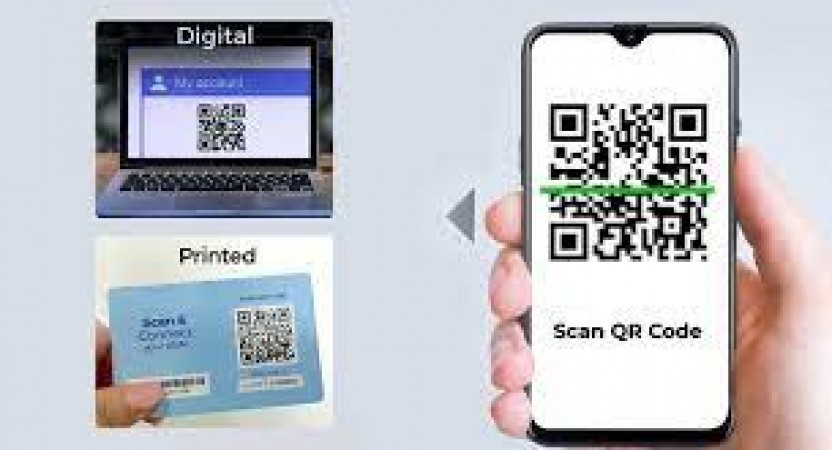
In our rapidly evolving technological landscape, where convenience and efficiency are paramount, a new advancement is on the horizon that promises to simplify the way we manage our mobile devices. The ability to transfer E-Sim data by simply scanning a QR code on Android devices is an innovation that holds the potential to revolutionize how we handle our digital identities on smartphones and tablets. This article delves into the details of this emerging trend, its implications, benefits, and how it stands to reshape our digital experiences.
Electronic SIM cards, or E-Sims, have been gradually replacing traditional physical SIM cards in the world of mobile devices. Unlike their physical counterparts, E-Sims are embedded directly into the device's hardware and can be programmed to work with multiple carriers. This eliminates the need to physically swap SIM cards when changing networks and allows for greater flexibility in managing mobile connections.
The integration of QR codes into E-Sim transfer is a natural progression in our quest for streamlined mobile experiences. QR codes, or Quick Response codes, are two-dimensional barcodes that can store a significant amount of information. They have found applications in various fields, from marketing to inventory management, and now, they're poised to transform how we handle E-Sim transfers.
The process of transferring E-Sim data through QR codes is elegantly simple. Users will receive a QR code from their mobile carrier or service provider when they sign up for a new plan or make changes to their existing one. By scanning this QR code using their Android devices, the E-Sim data, including carrier information and authentication details, will be automatically transferred to the device. This eliminates the need for manual configuration and significantly reduces the time it takes to activate a new plan.
Effortless Activation: QR code E-Sim transfer eliminates the need for manual input of network settings, making the activation process seamless and user-friendly.
Time Efficiency: With just a quick scan, users can set up their devices on a new network in a matter of seconds, saving time and frustration.
Reduced Physical Waste: As E-Sims eliminate the need for physical SIM cards, this approach contributes to reducing e-waste and environmental impact.
Global Compatibility: E-Sim QR codes can be standardized, ensuring that users can switch networks even while traveling abroad without the hassle of acquiring a physical SIM card.
With any advancement that involves personal data, security and privacy are of paramount importance. The QR code E-Sim transfer process employs encryption and secure authentication mechanisms to protect user information. Additionally, users have control over when and where they scan the QR code, ensuring that their data remains secure.
The integration of QR codes with E-Sim technology opens the door to exciting possibilities. As this method becomes more widespread, it could potentially lead to innovations such as remote E-Sim activation and improved device-to-device data sharing. However, the industry must also address potential challenges, including standardization and the education of users.
As with any technological shift, user education and adoption are critical. Mobile carriers and device manufacturers play a pivotal role in educating users about the benefits of QR code E-Sim transfer and providing step-by-step guides to ensure a smooth transition. Once users experience the convenience firsthand, adoption rates are likely to soar.
The convergence of E-Sim technology and QR codes signifies a step toward a more connected and user-centric future. This innovation not only simplifies our interaction with mobile networks but also sets the stage for further developments in the realm of digital identity management. In the not-so-distant future, the process of transferring E-Sim data by scanning a QR code on Android devices will become the new standard in mobile network activation. This seamless and efficient approach streamlines the onboarding process, reduces waste, and enhances user convenience. As the world embraces this change, we can look forward to a future where managing mobile connections is as easy as a quick scan.
Cracking the Code of Online Shopping: A 22-Year-Old's Success Story
WhatsApp Revolutionizes Messaging with Instant Video Communication on iOS